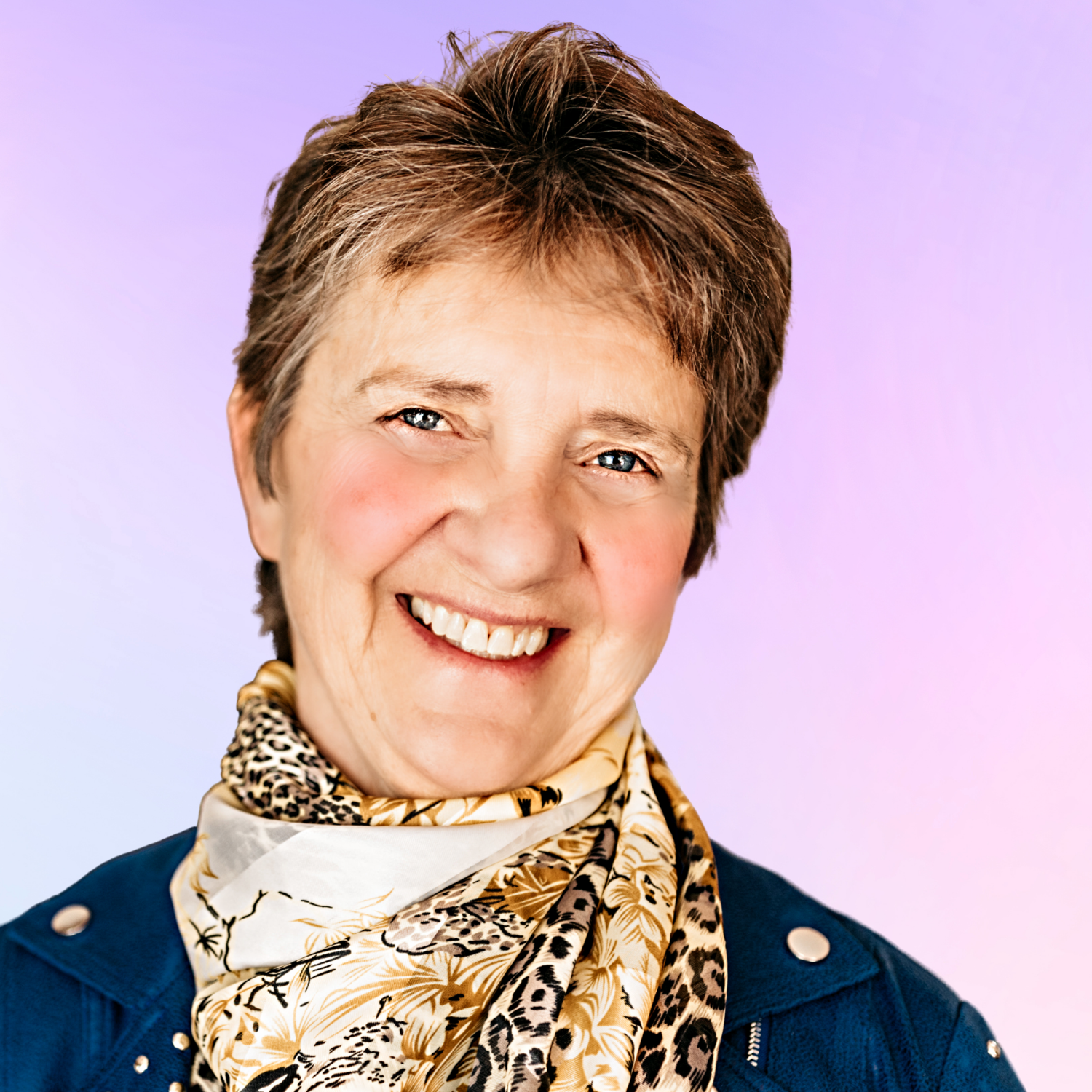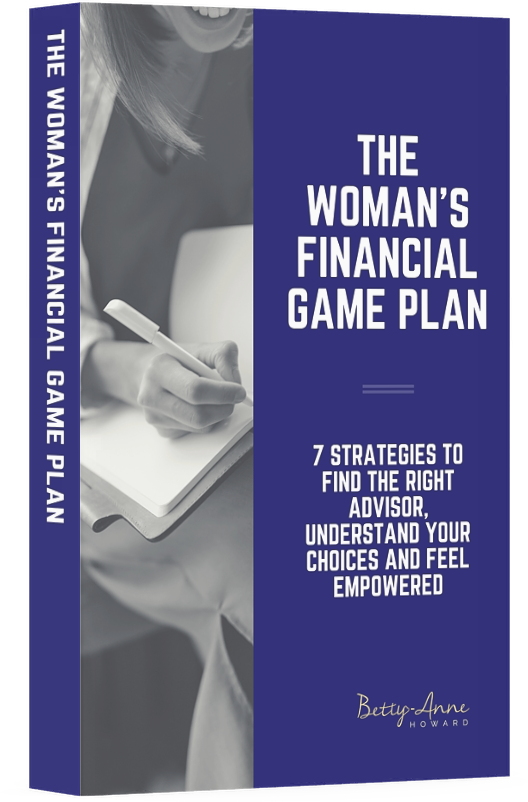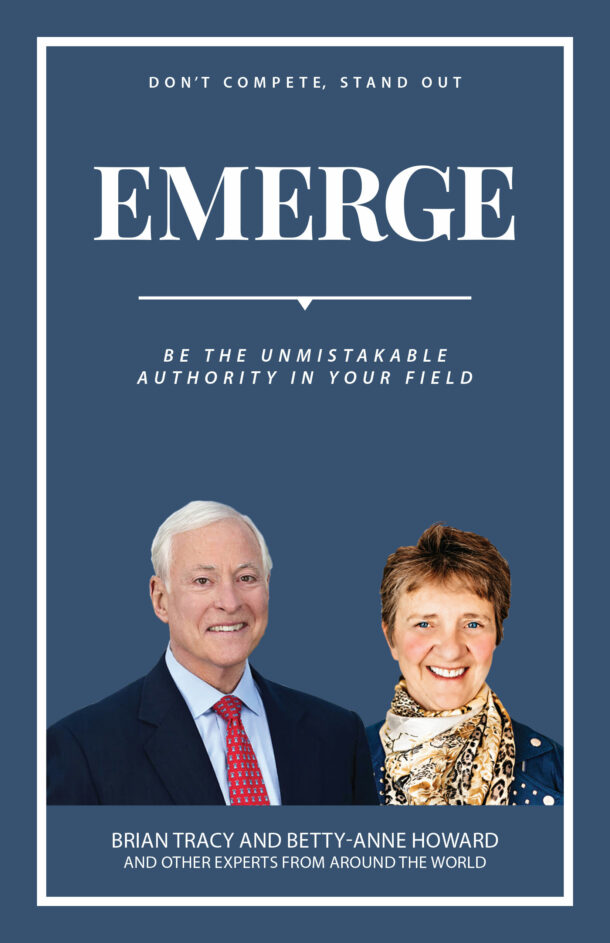
Lately, I’ve been having more meaningful conversations with my clients about the legacy they want to leave behind.
I thank the Canadian Association of Gift Planners (CAGP) for helping me go deeper with these conversations. The ongoing training provided by CAGP and their annual conference prepared me in ways I couldn’t have imagined. They’ve allowed me to take this discourse to a whole new level.
I always prided myself in my ability to address end of life considerations with my clients. But I had no way of knowing how much deeper we could go. That is until I started going there myself, with them.
Planting the seeds for an important conversation
Simply introducing the topic isn’t enough. I’ve come to realize that this conversation, like so many we have as Financial Life Planners, begins with planting some seeds. These nuggets of information can assist in two ways. First, they cause us to reframe and rethink how we have come to perceive our mortality. Second, they reshape what we want to see happen with our hard-earned money and the assets we’ve accumulated.
When it comes to charitable giving, most people want to know what kind of impact they can have once they’re gone within a charitable organization. Many people want to address an issue or concern that they’ve experienced themselves.
This discussion often comes down to one important question: who do you want to benefit from your money when you’re no longer here? Here are some important considerations to help you answer that question.
Giving back to what matters
For example, I have clients who firmly believe that had there been sufficient mental health services for their child (support that is sadly lacking and very much needed) the negative outcome they are experiencing right now may have been avoided.
I have other clients who have said things like, “Sports are what saved me from going down that slippery slope.” Consequently, they want to support an organization that could save future generations of kids with the goal of providing a healthier outlet for their anger, frustration, and feeling disenfranchised.
Others have said they want to support organizations that provide hope and skills to adolescents who are disadvantaged and won’t have the opportunity to go to summer camp. Then, they can learn how to swim, navigate a canoe, set up a tent, and learn other types of survival skills.
It’s been fascinating for me to engage in conversations about such things as protecting birds and other wildlife, supporting research, and treatment for rare diseases/disorders, and providing resources to women and girls in developing countries so they can go to school and receive an education.
I now encourage my clients to reach out to the charities and organizations they want to support. This means they can further these conversations directly with the charity, sharing their story, why they’ve chosen this particular charity, and what impact they are hoping to have via their generous donation.
Talking about philanthropy can be tough, and it takes two to tango. In fact, research shows there’s a big disconnect between Canadians and their financial planners when it comes to leaving a legacy. Here’s more on that topic you won’t want to miss.
Leaving a legacy: what will yours be?
Leaving a legacy is part of an ongoing process that needs to be addressed by all Financial Advisors. This is especially true given so many Canadians are looking for guidance in this area of their Financial Life Planning. Ultimately, we can make an enormous difference in so many people’s lives.
If you’d like to get in touch to discuss your financial future and leaving a legacy, don’t hesitate to contact me today!
Did you enjoy this article? Here are three more you might also enjoy:
Taking The Next Step: A Model for Change (Part 1 of 3)
Stages of Motivation: A Model for Change (Part 2 of 3)
Taking Action: A Model for Change (Part 3 of 3)






0 Comments